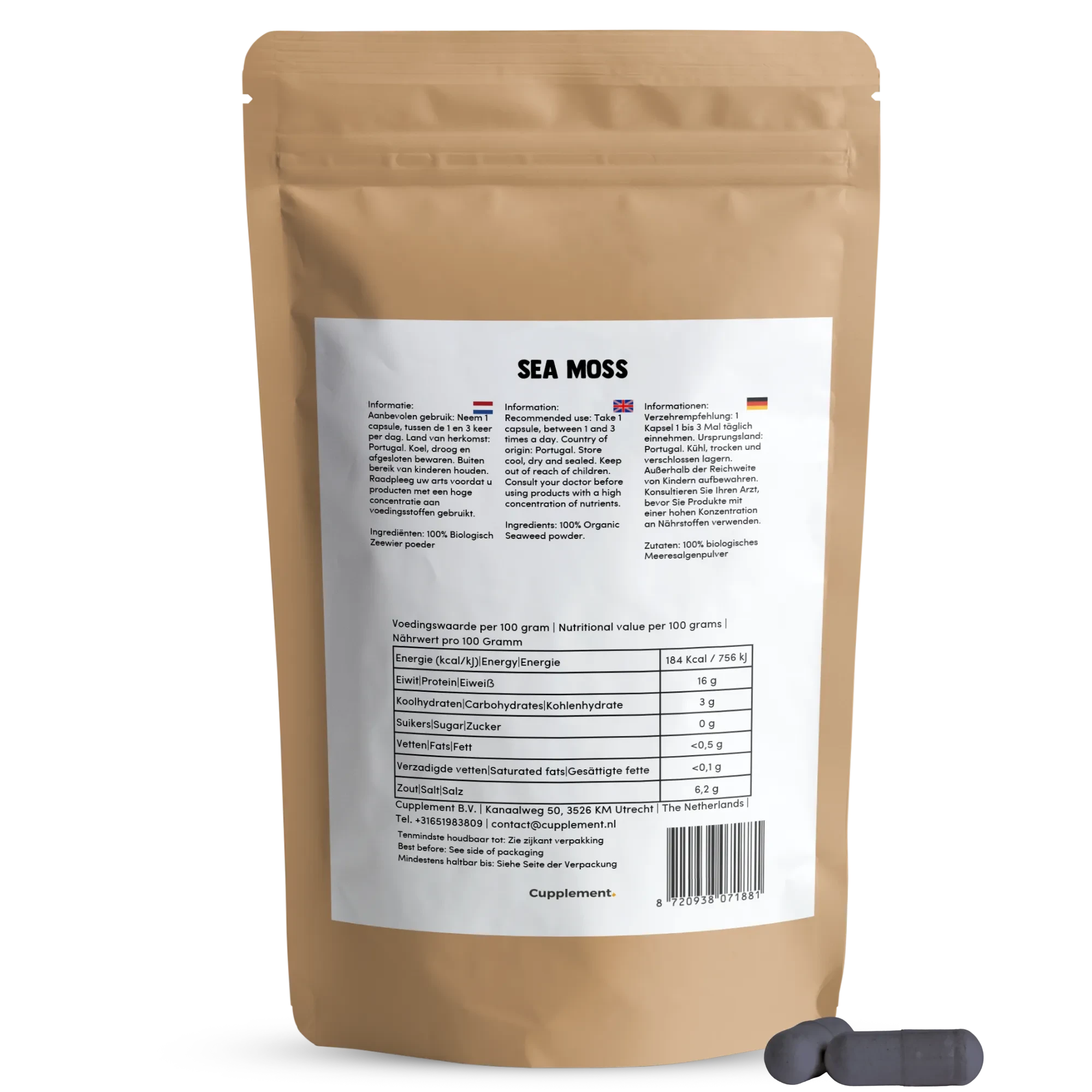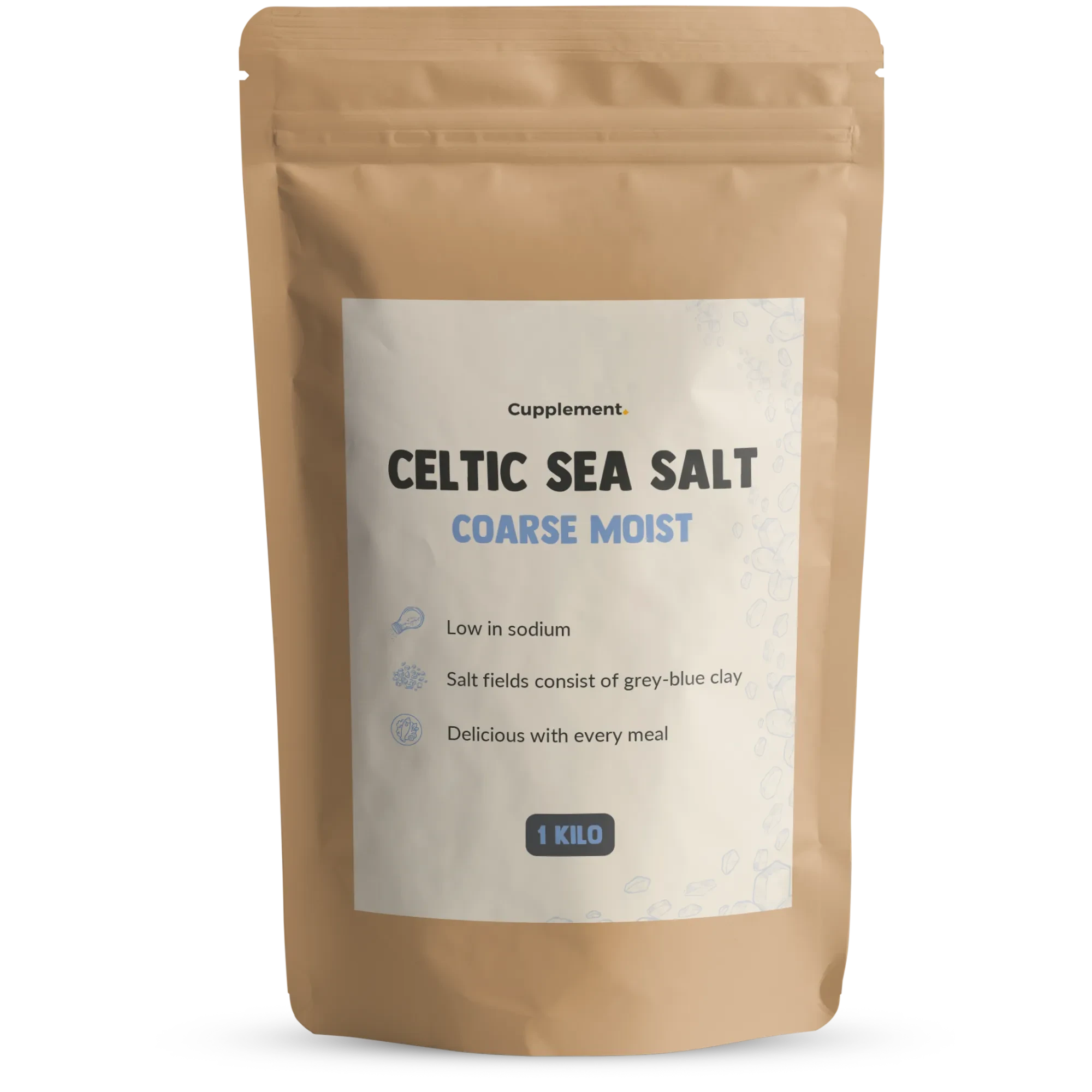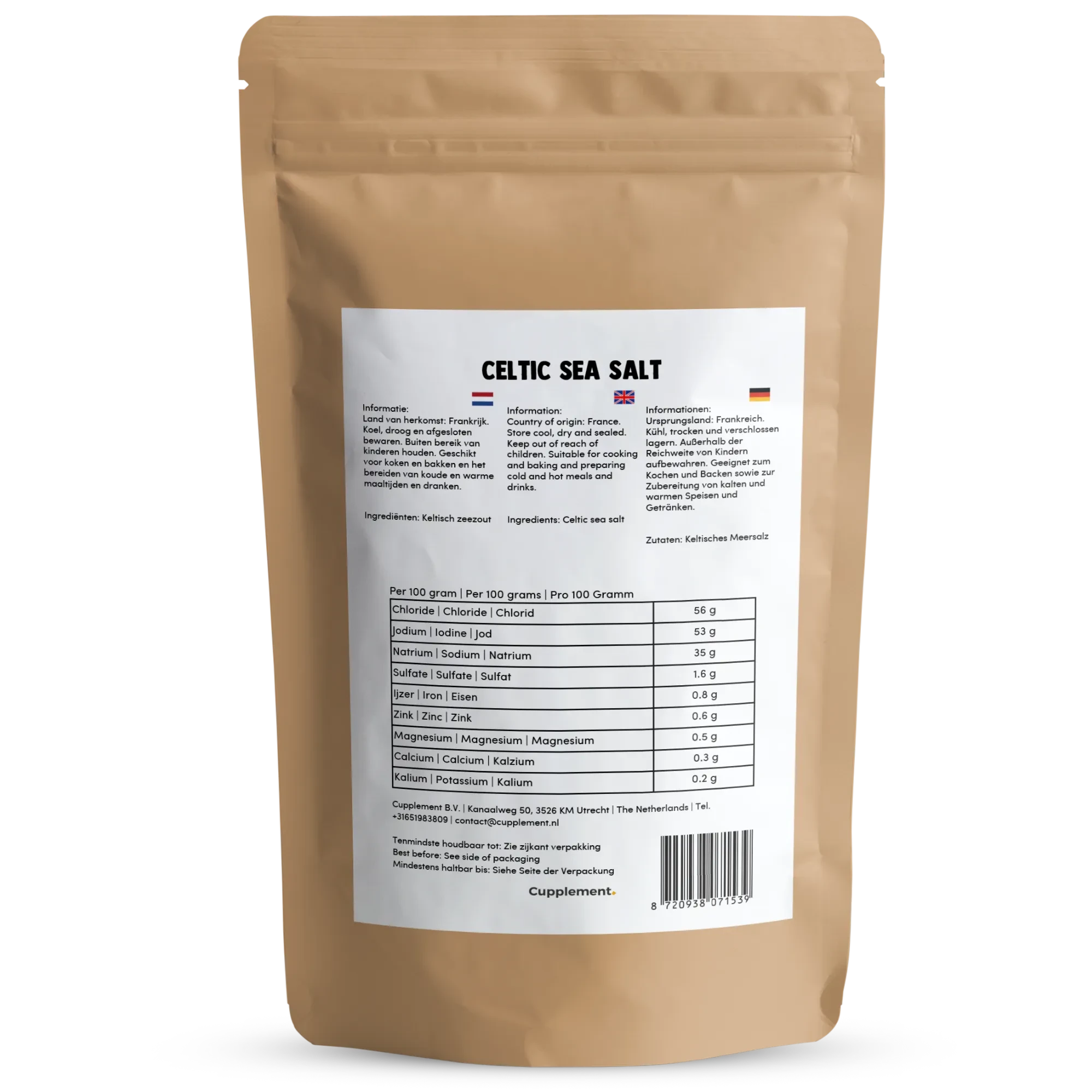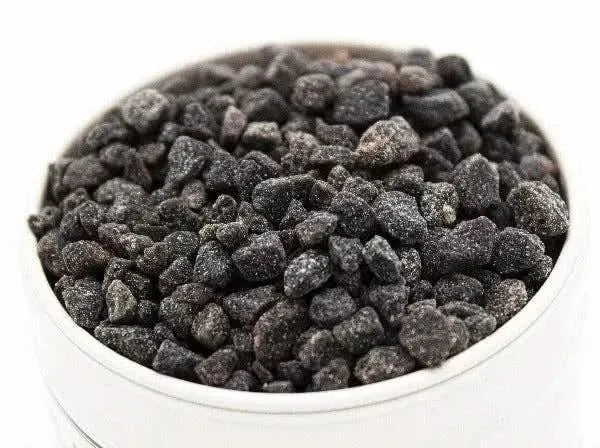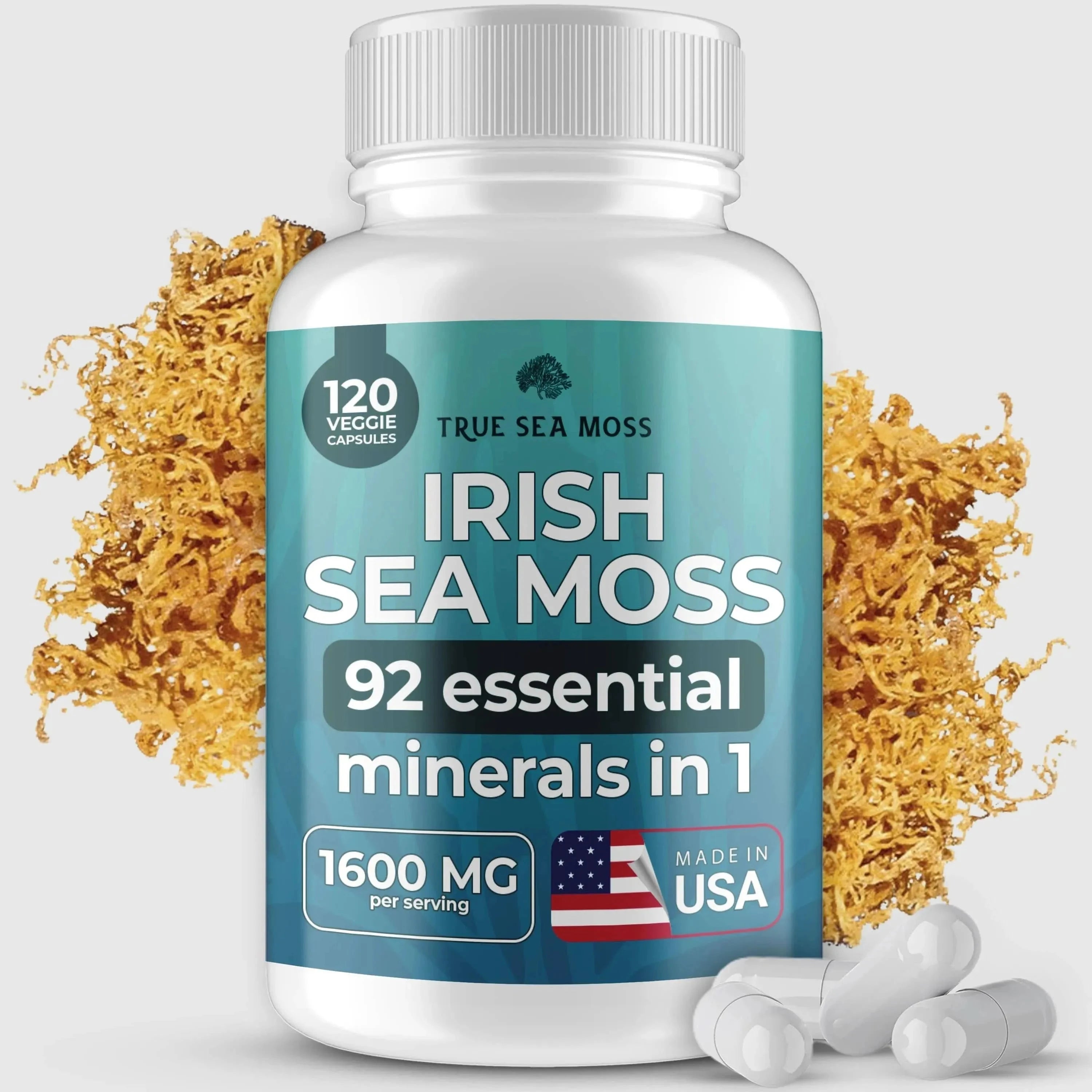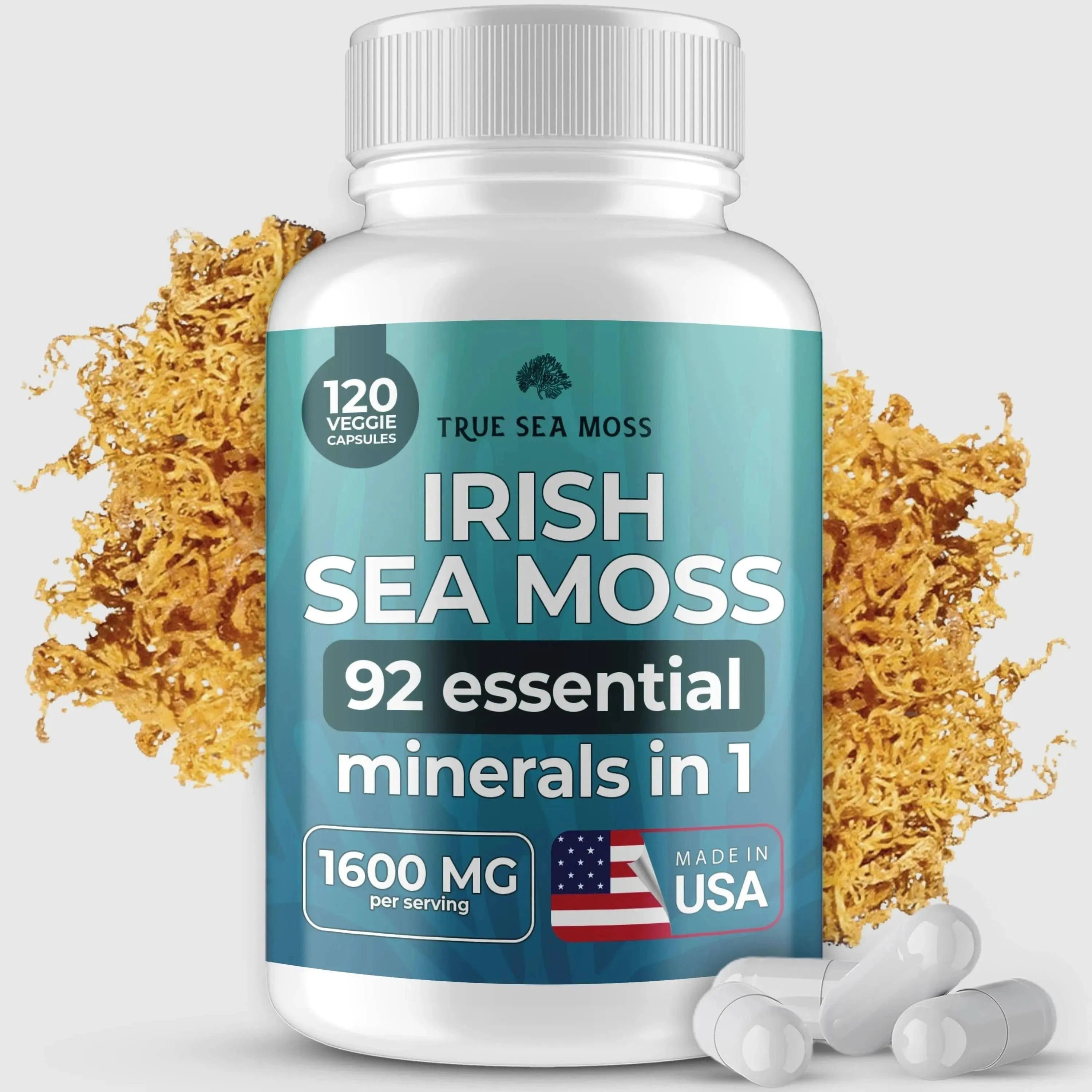Mineral supplements
Filter
Sort by:
Description
Minerals: Fundamental Inorganic Compounds and Essential Nutrients
Minerals exist as naturally occurring inorganic solids with definite chemical compositions and ordered crystalline structures. These elemental substances form the foundation of geological formations while simultaneously serving as critical nutrients for physiological function. The Earth contains over 6,118 officially recognized mineral species, each with unique atomic arrangements creating distinctive physical properties including characteristic hardness, cleavage, luster, and crystal structure.
Mineral identification relies on specific measurable attributes. The Mohs hardness scale quantifies scratch resistance from 1 (talc) to 10 (diamond), while specific gravity measures density relative to water. Optical properties like refractive index and pleochroism provide additional diagnostic criteria for precise classification. Chemical composition remains the definitive characteristic, with minerals organized into groups based on predominant anions including silicates, carbonates, sulfates, and phosphates.
Nutritionally, minerals function as essential inorganic elements required for biochemical processes from bone formation to enzymatic reactions. Unlike vitamins, minerals remain in their elemental form throughout digestion and metabolism. Macrominerals (required in quantities exceeding 100mg daily) include calcium, phosphorus, magnesium, sodium, potassium, chloride, and sulfur. Trace minerals, though needed in smaller amounts, provide equally crucial functions for optimal health and cellular operation.
Mineral bioavailability varies significantly between food sources and supplement forms, with factors including oxidation state, accompanying compounds, and chemical structure determining absorption efficiency. High-quality mineral supplements often utilize chelated forms that enhance intestinal uptake through specialized transport mechanisms.
Types
Essential Mineral Classifications and Specialized Sources
Macrominerals and Their Physiological Functions
Calcium represents the most abundant mineral in the human body, comprising approximately 1.5-2% of total body weight with 99% concentrated in bones and teeth. Beyond structural roles, calcium mediates muscle contraction, nerve impulse transmission, and blood clotting processes through precise concentration regulation across cellular membranes. Magnesium activates over 300 enzymatic reactions, particularly those involving ATP metabolism, making it crucial for energy production, protein synthesis, and glucose regulation. This mineral additionally stabilizes DNA structure, regulates electrolyte balance, and supports structural development in bones where approximately 60% of body magnesium resides.
Trace Minerals and Micronutrient Functions
Iron functions primarily as an oxygen carrier in hemoglobin and myoglobin proteins while serving as a cofactor in numerous enzymatic reactions related to energy metabolism and neurotransmitter synthesis. Its two primary oxidation states (ferrous and ferric) allow for oxygen binding and electron transfer functions within biological systems. Zinc participates in over 300 enzymatic reactions while maintaining structural roles in numerous proteins, particularly those containing zinc finger domains involved in DNA binding and transcription regulation. This mineral supports immune function through T-lymphocyte development, modulates inflammatory response, and participates in insulin storage and secretion pathways.
Specialized Mineral-Rich Substances
Shilajit, formed through geological processes spanning millions of years, contains over 85 minerals and trace elements bound within a complex matrix of fulvic and humic acids. This resinous substance originating from ancient trapped plant material gradually transformed under pressure during the Triassic period, creating a unique bioavailable mineral source particularly rich in iron, zinc, magnesium, and numerous trace elements. Sea moss (Chondrus crispus) absorbs minerals directly from seawater, providing up to 92 of the 102 minerals required by the human body. This marine algae contains significant concentrations of iodine essential for thyroid function, together with potassium, calcium, magnesium, and selenium in bioavailable forms that reflect its oceanic origin.
Benefits
Mineral Health Benefits and Physiological Mechanisms
Structural and Skeletal System Support
Calcium and phosphorus combine to form hydroxyapatite crystals, creating the primary structural component of bone tissue that provides both strength and flexibility. The proper ratio of these minerals determines bone density and resistance to fracture, with calcium providing rigidity while phosphorus enables proper crystal formation. Magnesium influences bone mineral density through multiple mechanisms including calcium metabolism regulation, vitamin D activation, and osteoblast stimulation. Research demonstrates that adequate magnesium intake correlates with higher bone mineral density measurements and reduced fracture risk, particularly in postmenopausal women. Silicon, though less recognized, contributes to collagen synthesis and cross-linking, improving connective tissue strength in both bone and surrounding structures including tendons and ligaments that support skeletal integrity.
Enzymatic Functions and Metabolic Processes
Zinc serves as a cofactor for over 300 enzymes spanning all major biochemical pathways, including critical enzymes in DNA synthesis, protein digestion, and antioxidant defense systems. Its role in carbonic anhydrase enables carbon dioxide transport, while zinc-dependent matrix metalloproteinases facilitate tissue remodeling and wound healing. Manganese activates enzymes involved in carbohydrate metabolism, including pyruvate carboxylase and superoxide dismutase, while participating in proteoglycan synthesis necessary for cartilage formation. This mineral additionally supports mitochondrial function through its role in manganese superoxide dismutase, protecting cellular components from oxidative damage during energy production processes.
Neurological and Cognitive Functions
Iron fundamentally supports cognitive function through oxygen transport to brain tissues, myelin production, and neurotransmitter synthesis including dopamine, norepinephrine, and serotonin. Iron deficiency impairs cognitive performance even before anemia develops, demonstrating its critical nature in neurological function. Magnesium regulates neurotransmitter release and binds to NMDA receptors, modulating excitatory signals in the brain. Research indicates its involvement in memory formation, stress response regulation, and neuroplasticity processes. Proper magnesium status correlates with improved cognitive performance and reduced neuroinflammation through multiple neuroprotective mechanisms including improved cerebral blood flow and blood-brain barrier integrity.
Instructions
Mineral Preparation Methods and Bioavailability Factors
Supplement Forms and Absorption Mechanisms
Mineral supplements exist in various chemical forms that significantly impact bioavailability and functional applications. Amino acid chelates bond minerals to amino acids through stable chemical bonds, enhancing intestinal absorption through amino acid transport pathways while reducing interactions with absorption inhibitors. Citrate forms combine minerals with citric acid, creating water-soluble compounds that dissolve efficiently in gastric environment while maintaining stability across varied pH conditions. Oxide forms, though less expensive, generally demonstrate lower bioavailability percentages compared to chelated or citrate forms due to limited solubility in gastrointestinal fluids.
Processing Techniques and Quality Indicators
Mineral extraction and processing techniques directly influence supplement quality and efficacy. Low-temperature processing preserves mineral integrity while reducing oxidation and degradation during manufacturing. Particle size significantly impacts dissolution rate and absorption efficiency, with micronized minerals providing greater surface area for digestive interactions. Third-party testing verification ensures mineral content accuracy and eliminates contamination concerns, with certifications from organizations including USP, NSF International, and ConsumerLab providing quality assurance standards. Certificate of Analysis documentation details exact mineral concentrations and verifies absence of heavy metal contamination.
FAQs




